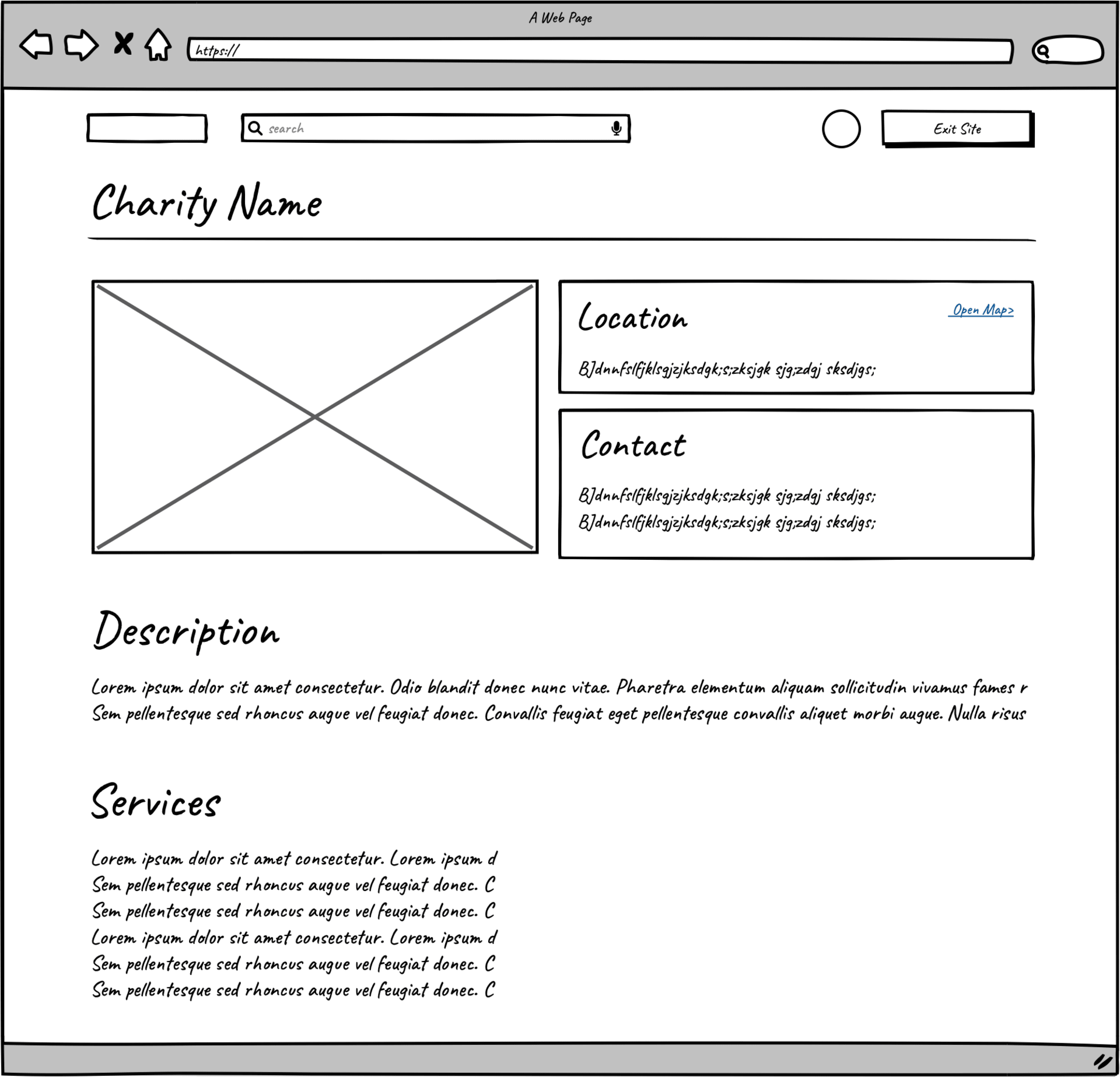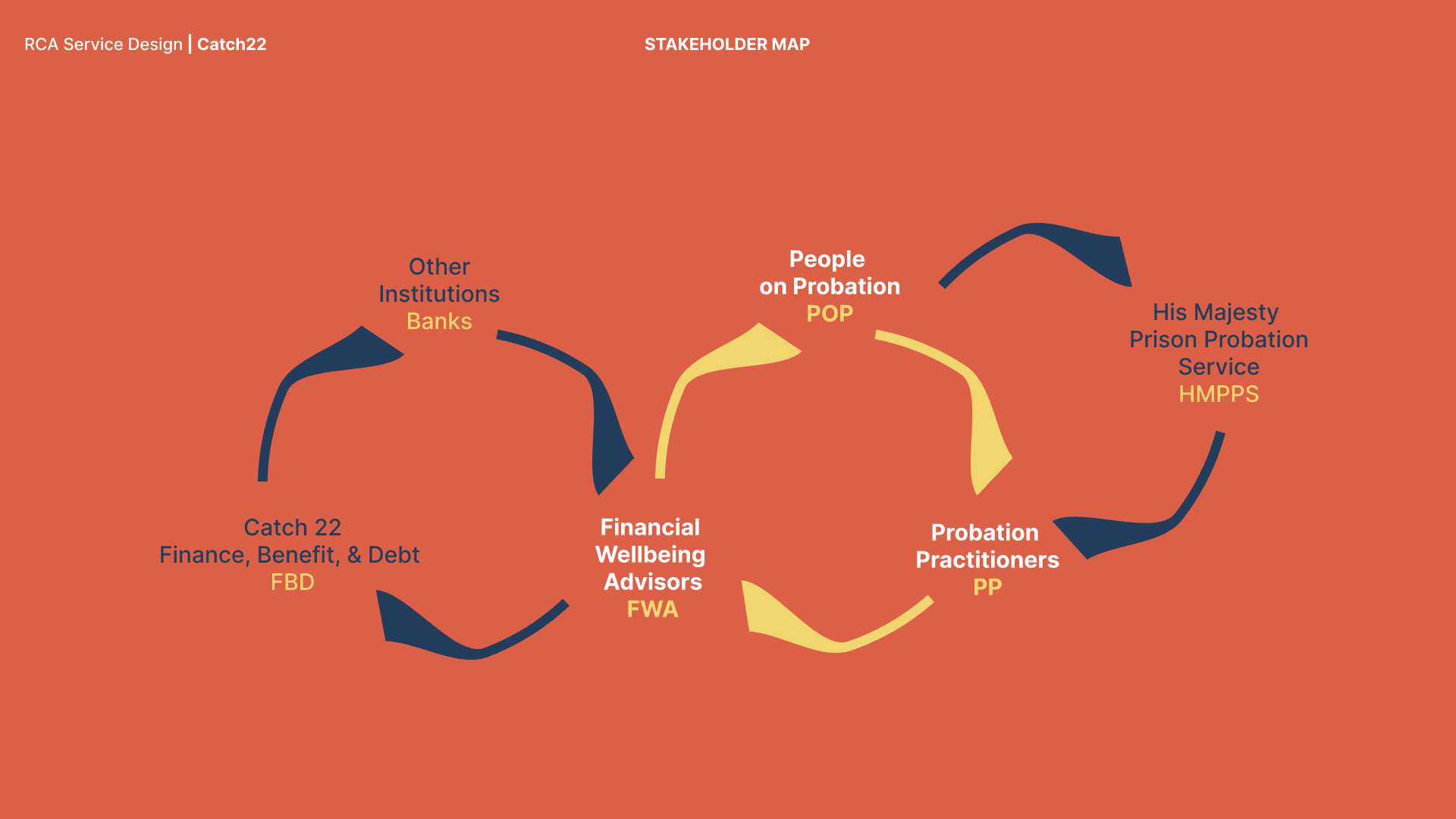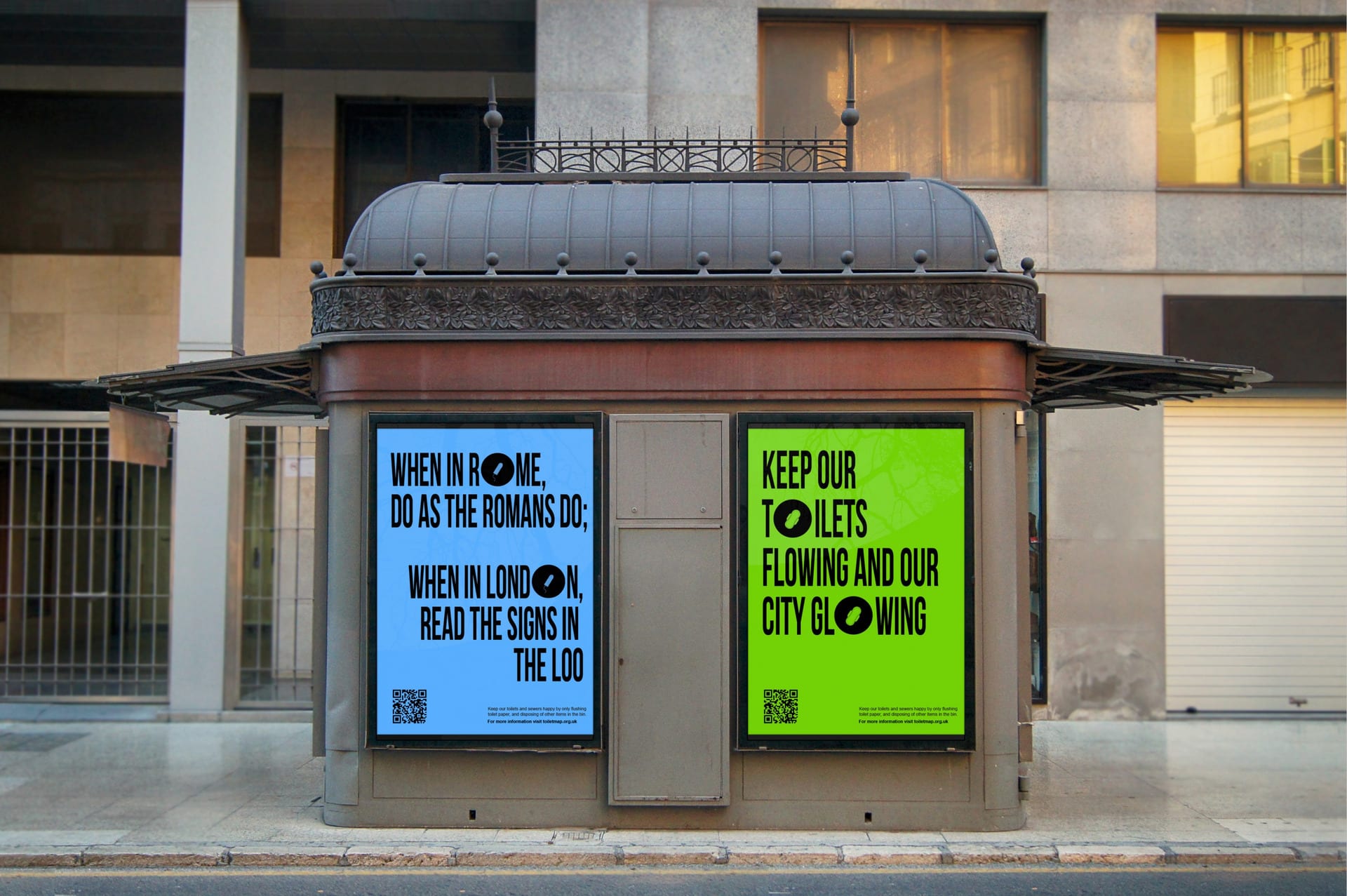Hi! I am Sneha Vidyasagar, a designer, a storyteller, but a curious person first from the vibrant city of Bangalore, India. Whether it's crafting captivating service experiences, envisioning dynamic spaces, unraveling the intricacies of human behavior, or curating travel itineraries, I am a creative compass, ready for different adventures! Growing up in a culturally rich country, has imprinted upon me a profound sense of empathy and an unwavering commitment to cater to the needs of multifaceted individuals. I take immense pride in contributing meaningfully to endeavors that embrace inclusivity, ensuring that every person, irrespective of their background, receives the most extraordinary experiences tailored just for them. With my versatile skill set, I believe in storytelling in various forms—be it through graphic design, illustrations or art, or performing arts. Fueled by boundless empathy, my creative practice knows no bounds. With a bachelors in communication design I delved into design thinking, branding, graphic design & typography. As I journeyed, I discovered that design is not merely about aesthetically communicating information; it is an immersive voyage that shapes the very essence of our interactions with the world around us, leaving an indelible impact on our experiences leading me to pursue Service design at RCA. My design journey has been paved with impactful projects, from designing rehabilitation services for individuals on probation, employing behavioral design to instill responsible flushing practices. Currently, working on a project that focuses on empowering and nurturing the well-being of sex workers. By embracing human-centered and collaborative approaches, we are forging secure and trusted platforms that cater to their unique needs, fostering a path to liberation and dignity. Passionate about projects that create genuine impact, I find joy and fulfillment in dedicating my time and energy to endeavors that make a meaningful difference in the world. And when I'm not immersed in design, you'll find me dancing, painting, doing some yoga or running behind puppies in the park!
Sneha Vidyasagar

Degree Details
School of DesignService Design (MA)RCA2023 at Battersea and KensingtonRCA Kensington, Stevens Building, Second and third floors

By placing the human element at the center of my creations, I strive to create inclusive spaces, to foster dialogue, and to bring people together in a collective pursuit of knowledge, beauty, and transformation. Design, to me, is not just an act of creation; it is a profound responsibility, a conduit for empathy, and a catalyst for positive change.
Warning: This section contains mature or explicit content.
Click to Enter
INCOGNITO: Empowering sex workers through secure networks
The Context
Sex workers are adults who engage in consensual sexual services or erotic performances in exchange for money or goods, either on a regular or occasional basis. In the UK, there are approximately 105,000 sex workers, with 32,000 located in London.
Many individuals may find themselves drawn to this line of work due to external pressures or urgent needs, such as financial struggles, challenges in securing stable employment (particularly for those who are neurodiverse), or inadequate housing options. This is often referred to as survival sex. Sex workers may work under different arrangements, including agency employment, informal management, or as freelancers. Freelancers, in particular, face the challenge of not only finding clients but also seeking support and guidance from various organisations.
Once individuals enter the profession, they encounter a multitude of problems, including:
- Stigma and societal taboo associated with their work.
- Violence and harassment from clients, the police, the general public, and landlords.
- Legal issues and complexities surrounding their work.
- Difficulties in accessing essential services, such as sexual health resources.
- Lack of support from family and friends.
These pressing concerns have created a distressing landscape marked by devastating incidents, such as serial killings, murders, heightened levels of violence and harassment, and an alarming increase in raids targeting sex workers. Additionally, access to adequate healthcare remains inconsistent and inadequate, posing significant challenges for those in need.
The Problem
In response to the increasing numbers of sex workers and the challenges they face, various support services, charities, and organizations have been established. These initiatives play a crucial role in providing vital assistance, resources, and advocacy for sex workers. Currently, there are more than 54 charities operating in the UK, with a collective funding exceeding £100 million, and over 20 of these charities are based in London. Despite the progress made in raising awareness and advocating for the rights of sex workers, they continue to confront ongoing frustrations, including stigma, violence, disrespect, and harsh judgment. The need for financial stability, respect, and safety remains constant for sex workers as they navigate their lives in a state of fear, not only for themselves but also for the well-being of their loved ones. To cope with these challenges, many individuals in the sex work industry adopt practices of anonymity as a means of protection and self-preservation.
The practice of anonymity extends beyond their professional lives and into their personal relationships, where sex workers may utilise aliases even with their loved ones. This additional layer of anonymity serves as a safeguard against potential risks and helps to maintain a sense of security amidst the various challenges they face on a daily basis.
Research
Our exploration led us to delve deeper into how sex workers establish and maintain relationships with various stakeholders in their communities. We discovered that sex workers primarily engage with charities and external service providers, including statutory services. However, we noticed a significant gap in connectivity between these charities and service providers, which becomes even more pronounced when sex workers adopt the use of aliases.
To gain a comprehensive understanding of the experiences and challenges faced by sex workers, we engaged in meaningful discussions with prominent organisations and individuals dedicated to supporting them. This included insightful conversations with esteemed advocates such as the English Collective of Prostitutes, SWARM Collective, and Streetlight UK. We also consulted renowned sex work researchers, including Kate Lister and Dr. Angelika Strohmayer. To ensure our approach was informed and sensitive to the nuances of this complex issue, we sought guidance from experts such as trauma-informed designer Jenny Winfield, inclusive design expert Rama Gherewo, as well as Jo-Anne Bichard, a design researcher in HHCD, and the Reason Digital design studio, both of whom have previous experience collaborating with sex workers.
In our pursuit of knowledge and empathy, we also explored a wide range of resources, including books, movies, podcasts, and blogs that allowed us to immerse ourselves in the lived experiences of sex workers. This multidimensional approach provided us with invaluable insights into the challenges they face and informed our understanding of the importance of developing effective and inclusive solutions to support sex workers in their pursuit of safety, respect, and well-being.
Insights
1. Collaboration and Knowledge Sharing - The knowledge gap between sex worker charities and support services hinders the accessibility of comprehensive assistance, highlighting the need for improved information sharing and collaboration.
2. Need for privacy and Confidentiality - Anonymity is a critical requirement for sex workers to feel safe and protected, emphasizing the necessity for solutions that prioritize and maintain their confidentiality while facilitating access to vital resources.
3. Holistic Access to Support - Sex workers' diverse needs extend beyond their profession, necessitating access to a wide range of services; addressing these holistic needs through integrated service models can contribute to their empowerment and overall well-being.
Potential Solutions
We have two potential solutions.
1. A blockchain enabled platform through which a sex worker will sign up privately for any service and then choose which data points to share and with whom. They can also share it with friends and family using their private keys.
2. Integrating their private details on NFC-enabled passports (or another existing system of identification like a driving license). Sex worker will go to a service provider, service provider will scan the passport, their system will show the data, they can CRUD the data. Once the service is done, the updated data will be loaded back on the passport and erased from the system.
We are currently exploring both these solutions, weighing the pros and cons and figuring which one to take further. We are also keeping in mind the speed, scale and scope of project so that whatever we do, gets implemented on ground.






ENHANCING THE REHABILITATION SERVICE FOR PEOPLE ON PROBATION
Problem
In the UK 55% of offenders are recalled from probation.Often, people on probation find it difficult to get their finances in order & are unaware of the services in place to help them. This inevitably leads to an increased likelihood of re-offending.
Collaboration
Catch22, a not-for-profit social business that designs and delivers public services to people on probation in the UK, with a focus on building resilience within communities. The Finance, Benefit and Debt service is a two year pilot program by Catch 22 delivering finance, benefit & debt related advice, support, guidance, information, signposting & advocacy to reduce re-offending. Over a 10-week period, we worked closely with prison leavers, probation staff, and members of catch 22 to uncover new insights that can support the FBD service.
Context
Most recalls are preventable, which represents an important goal for all parties involved as it can significantly impact a Person on Probation's future prospects and mental health, deteriorates resettlement outcomes for probation services and is expensive for the Ministry of Justice.MoJ provides rehabilitation and reintegration services to people on probation through its partners, one of which is Catch22
Who are our stakeholders?
Our three primary stakeholders are
* People on Probation - POP
* Financial and Wellbeing Advisors - FWAs
* Probation Practitioners - PP
However, we realised that the relation and conduct between these three stakeholders is highly systemic and rooted in legal bindings, which is not possible for us to chang
We arrived at our insights..
Invisibility of Value: Advertising material is ineffective, and fails to engage and communicate the value of the service, leading to decreased visibility for FBD and those in need of its services.
Invisibility of Information: The Initial Assessment purpose is a vague, scattered process, and difficult language makes it challenging for Advisors to navigate meetings and engage effectively with POP.
Invisibility of Distance Travelled: Action Plans in academic settings have been ineffective for POP's growth if their progress is not shown from custody to probation
Our Proposal
We proposed to make the PowerApp's potential visible & accessible so that we can integrate everything into a one-stop tool for FBD
Second set of Insights
Based on bother workshops we condensed our research into few more insights
After our workshops with POP and FWAs, we landed on three insights pertaining to our solution on integrated digital tool and revamping the language used.
💡 Agreed Language: We confirmed that a mix of clear verbal and written language along with visual aids is the best method to deliver information, leading to improved engagement & understanding.
💡 Flexibility and timing: We found that the elements in the initial assessment have to be accessible at any point in the process. Certain documents have to be revisited to be reminded of boundaries & expectations. Also, the use of the tool can extend to the end of service as a way to measure progress.
💡 Efficiency: Resources for the Initial Assessment are often scattered, the purpose is vague, non-engaging & admin work is time consuming. Self assessment system in questionnaire doesn't provide space for accurate responses, restricting FWA from drafting effective action plans
Next steps & Conclusion
We are currently in partnership with the client to deploy the product. This will be an ongoing process and amendments will be made based on constant feedback
—To note:
This intervention does not directly increase referrals or reduce re-offending in the short term
We started off our project with an ethos of increasing the visibility of POP and to express their needs and FWA to engage.
We know the current re offending rates are high and this is having a huge impact on the entire country.
In an ideal world, we imagine our portfolio of interventions being implemented as the start of the domino effect which will contribute to the bigger picture of reducing the re offending rates.





To Flush or Not To Flush: That's the question
Context
Access to safe water, sanitation, and hygiene is not only a fundamental human right but also essential for ensuring the health, well-being, and overall development of individuals and communities. However, despite significant efforts and progress in recent years, there are still billions of people worldwide who lack access to these basic services.
To meet the United Nations' Sustainable Development Goal 6 of universal access to water and sanitation by 2030, the current pace of progress needs to quadruple. This urgency arises from the growing challenges posed by rapid population growth, urbanization, and the increasing water demands from various sectors such as agriculture, industry, and energy. These factors further strain already limited water resources and pose a threat to the sustainability of water systems.
Addressing the complex issues of water, sanitation, and hygiene requires more than just technological solutions. It calls for a holistic approach that encompasses social, cultural, economic, and political dimensions. This involves engaging communities, raising awareness, promoting behavior change, and fostering sustainable practices
"How might we increase information and awareness about bathroom etiquette in the UK by nudging tourists towards adopting responsible flushing practices that protect the environment and improve hygiene to reduce sewage blockages and maintenance costs?"
Our interventions were designed to educate and nudge tourists towards proper toilet etiquette. We developed three interventions to target different touchpoints and engage tourists effectively
Solution
Intervention 1- Information Dissemination
The first intervention focused on information dissemination. We created engaging communications and branding materials that used comedy and fun visuals to educate tourists about the proper flushing practices in London. These branding touchpoints were strategically placed in airports and touristy locations, ensuring widespread visibility. By reducing the taboo and stigma associated with this issue, we aimed to encourage conversations and promote awareness about responsible toilet practices.
Intervention 2- Digital Intervention
The second intervention leveraged digital technology. We integrated essential information into the Great British Toilet Map, a popular resource for tourists. We created a dedicated webpage accessible through a QR code on the map, providing comprehensive guidelines on toilet etiquette, various practices used worldwide, and how to navigate UK's toilets. Recognizing the language barriers, we made the webpage available in multiple languages. This digital intervention not only facilitated easy access to information but also respected tourists' privacy and reduced any embarrassment or confusion they might experience.
Intervention 3- Redesigned dustbins
The third intervention focused on designing a new type of dustbin. These specially designed dustbins had different segregations for various items, including a dedicated slot for wet wipes and a separate compartment for tampons. By encouraging proper disposal and discouraging flushing of inappropriate items, such as wet wipes and toiletries, we aimed to reduce the chances of blockages and damage to the water infrastructure. These dustbins were strategically placed in public toilets, railway and tube stations, airports, malls, and supermarkets, ensuring widespread accessibility and usage.
The third intervention focused on designing a new type of dustbin. These specially designed dustbins had different segregations for various items, including a dedicated slot for wet wipes and a separate compartment for tampons. By encouraging proper disposal and discouraging flushing of inappropriate items, such as wet wipes and toiletries, we aimed to reduce the chances of blockages and damage to the water infrastructure. These dustbins were strategically placed in public toilets, railway and tube stations, airports, malls, and supermarkets, ensuring widespread accessibility and usage




